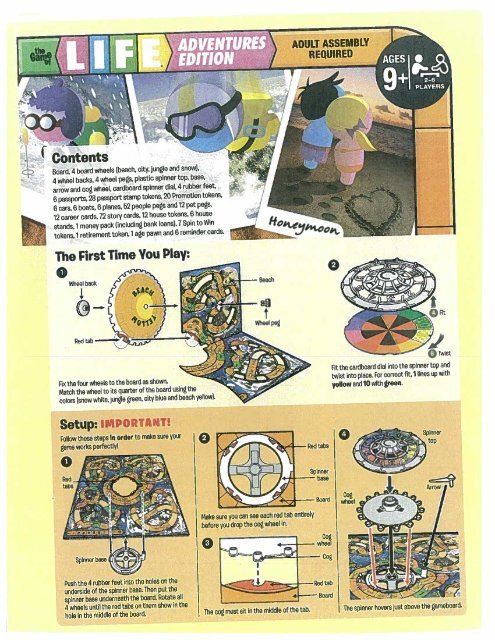

In this approach, an extra grid future of size N*M is created to store the next generation of cells.Ī space-optimized approach is possible for this problem, which uses no extra space. We have already discussed an approach to this problem in Program for Conway’s Game Of Life | Set 1. Recommended: Please try your approach on first, before moving on to the solution. The cell at (2, 2) is dead and has exactly 3 neighbors, So, according to Rule 2, it lives on to the next generation. The cell at (1, 2) is alive and has 2 neighbors, The cells at (1, 1) and (2, 3) have only 1 neighbor, So, according to Rule 4, it becomes a live cell. The cell at (2, 3) is dead and has exactly 3 neighbors, So, according to Rule 2, they live on to the next generation. The cells at (1, 3), (1, 4) and (2, 4) are alive and have 2 neighbors, Here, the neighbor of a cell includes its adjacent cells as well as diagonal ones, so for each cell, a total of 8 neighbors are there. Any dead cell with exactly three live neighbors becomes a live cell by reproduction.Any live cell with more than three live neighbors dies due to overpopulation.Any live cell with two or three live neighbors lives on to the next generation.Any live cell with fewer than two live neighbors dies due to under-population.The task is to generate the next generation of cells based on the following rules: Given a binary grid of size N*M, with each cell containing either 0 or 1, where 1 represents an alive cell and the 0 represents a dead cell. Difference between Stack and Queue Data Structures.Recursive Practice Problems with Solutions.Implementing a Linked List in Java using Class.

Doubly Linked List | Set 1 (Introduction and Insertion).Top 50 Array Coding Problems for Interviews.Python | Shuffle two lists with same order.Python | Scramble words from a text file.Python | Program to implement Jumbled word game.Python program to implement Rock Paper Scissor game.




 0 kommentar(er)
0 kommentar(er)
